
How to Use 45X45X15 V Blower Fan: Examples, Pinouts, and Specs
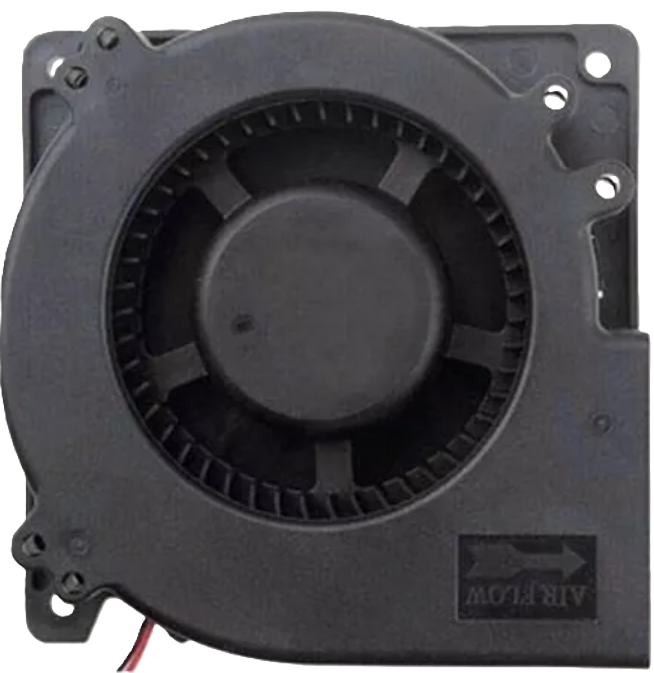
 Design with 45X45X15 V Blower Fan in Cirkit Designer
Design with 45X45X15 V Blower Fan in Cirkit DesignerIntroduction
The 45X45X15 V Blower Fan is a compact and efficient cooling solution designed for electronic devices. With its small size of 45x45x15 mm, this blower fan is ideal for applications requiring targeted air circulation in confined spaces. It is commonly used in cooling electronic components such as microcontrollers, power supplies, and small enclosures to prevent overheating and ensure optimal performance.
Explore Projects Built with 45X45X15 V Blower Fan
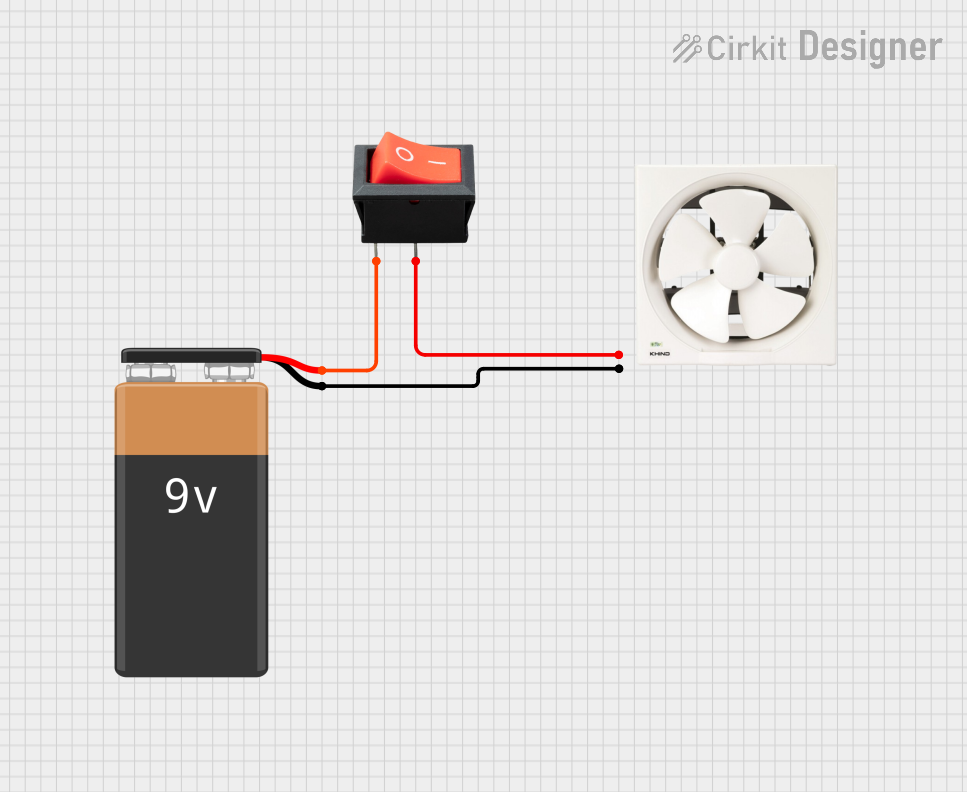
 Open Project in Cirkit Designer
Open Project in Cirkit Designer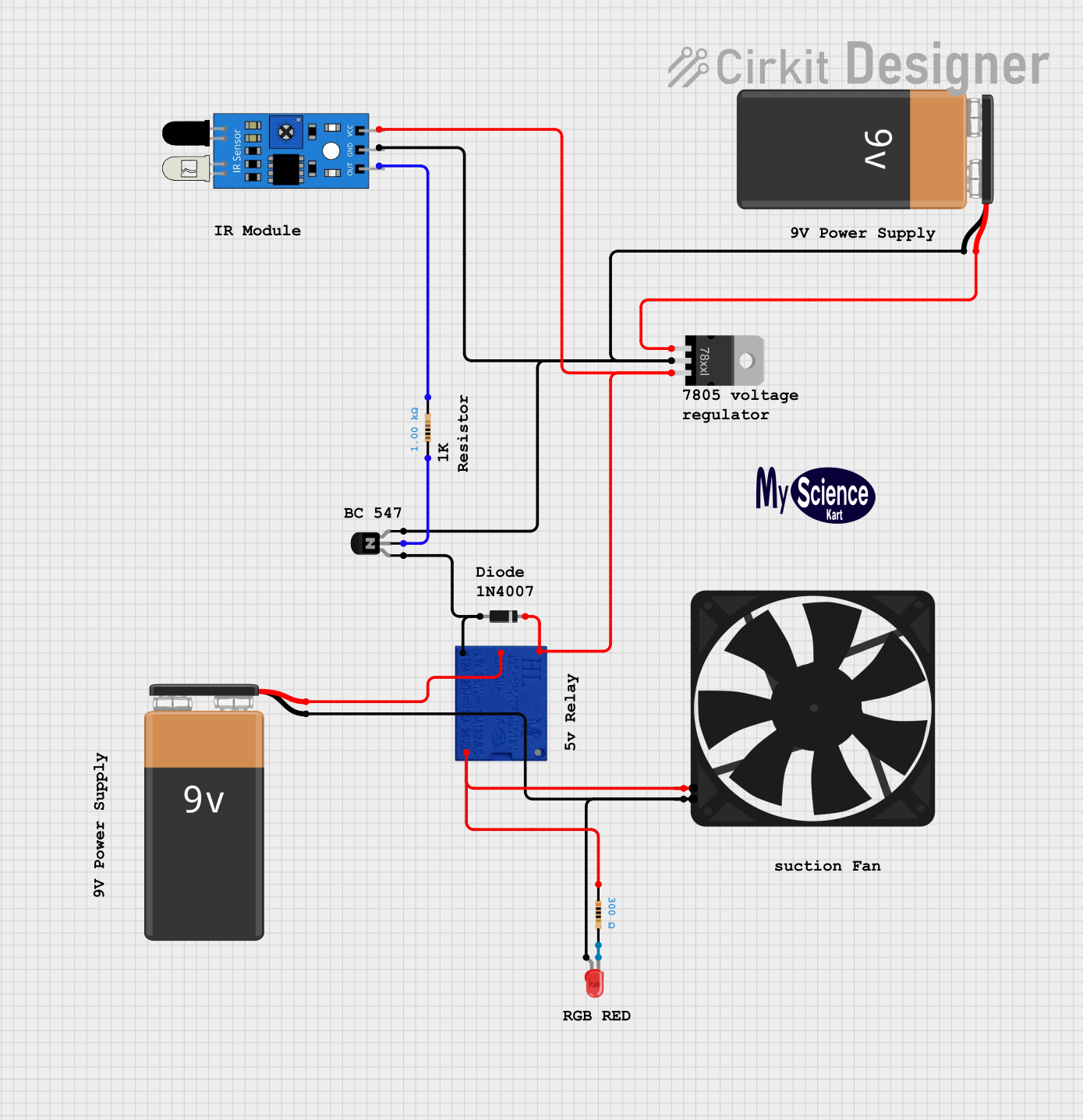
 Open Project in Cirkit Designer
Open Project in Cirkit Designer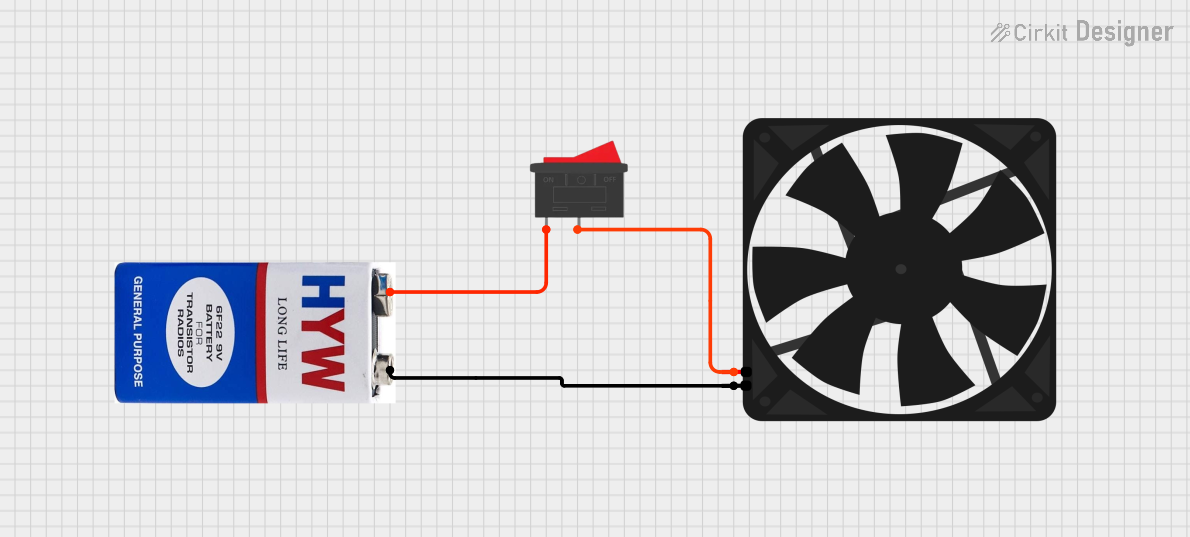
 Open Project in Cirkit Designer
Open Project in Cirkit Designer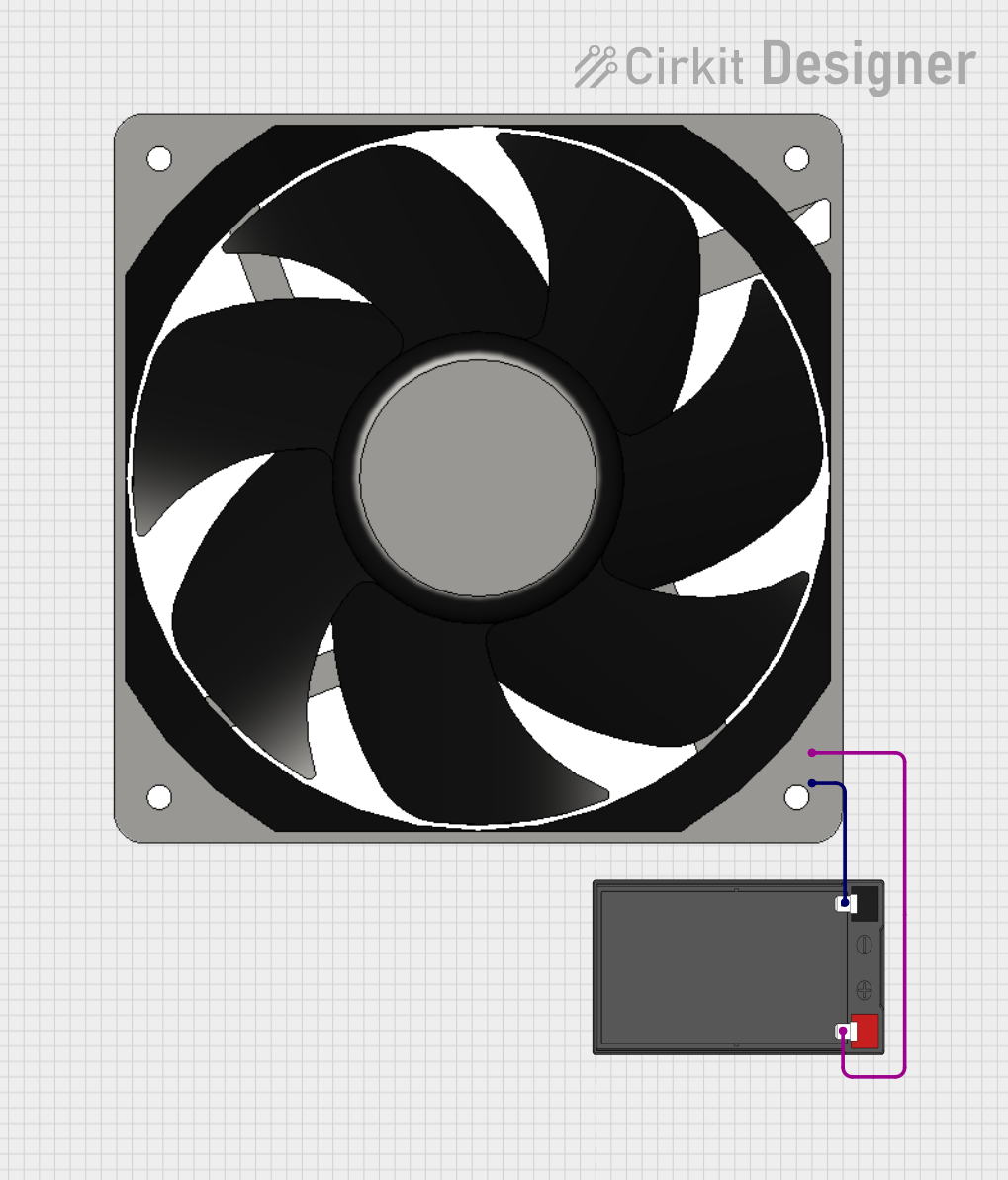
 Open Project in Cirkit Designer
Open Project in Cirkit DesignerExplore Projects Built with 45X45X15 V Blower Fan

 Open Project in Cirkit Designer
Open Project in Cirkit Designer
 Open Project in Cirkit Designer
Open Project in Cirkit Designer
 Open Project in Cirkit Designer
Open Project in Cirkit Designer
 Open Project in Cirkit Designer
Open Project in Cirkit DesignerCommon Applications and Use Cases
- Cooling for microcontrollers, Raspberry Pi, and Arduino projects
- Heat dissipation in power supplies and voltage regulators
- Ventilation in small enclosures or 3D printer components
- Compact cooling solutions for robotics and IoT devices
Technical Specifications
The following table outlines the key technical specifications of the 45X45X15 V Blower Fan:
| Parameter | Specification |
|---|---|
| Dimensions | 45 mm x 45 mm x 15 mm |
| Operating Voltage | 5V DC or 12V DC (model-specific) |
| Current Consumption | 0.15 A (typical) |
| Power Consumption | 0.75 W (typical) |
| Airflow | 3.5 CFM (Cubic Feet per Minute) |
| Noise Level | 25 dBA |
| Bearing Type | Sleeve or Ball Bearing |
| Connector Type | 2-pin JST or bare wire leads |
| Operating Temperature | -10°C to 70°C |
| Weight | 15 g |
Pin Configuration and Descriptions
The blower fan typically comes with a 2-pin connector or bare wire leads. The pin configuration is as follows:
| Pin Number | Wire Color | Function |
|---|---|---|
| 1 | Red | Positive Voltage (VCC) |
| 2 | Black | Ground (GND) |
Usage Instructions
How to Use the Component in a Circuit
- Power Supply: Ensure the blower fan is connected to a power source that matches its operating voltage (e.g., 5V or 12V DC). Exceeding the voltage rating may damage the fan.
- Wiring: Connect the red wire to the positive terminal of the power supply (VCC) and the black wire to the ground (GND).
- Mounting: Secure the fan in place using screws or adhesive mounts. Ensure the airflow direction aligns with the cooling requirements of your application.
- Control: For variable speed control, you can use a PWM (Pulse Width Modulation) signal from a microcontroller like an Arduino.
Important Considerations and Best Practices
- Voltage Compatibility: Always verify the fan's voltage rating before connecting it to a power source.
- Airflow Direction: Check the markings on the fan housing to determine the airflow direction.
- Noise Reduction: Use rubber mounts or grommets to minimize vibration and noise.
- Maintenance: Periodically clean the fan blades to prevent dust buildup, which can reduce efficiency.
Example: Connecting to an Arduino UNO
The blower fan can be controlled using an Arduino UNO for applications requiring variable speed. Below is an example circuit and code:
Circuit
- Connect the red wire of the fan to a 5V pin on the Arduino.
- Connect the black wire of the fan to the collector of an NPN transistor (e.g., 2N2222).
- Connect the emitter of the transistor to GND.
- Connect a 1 kΩ resistor between the base of the transistor and a PWM-capable pin on the Arduino (e.g., Pin 9).
- Add a flyback diode (e.g., 1N4007) across the fan terminals to protect the circuit from voltage spikes.
Code
// Arduino code to control the speed of a 45X45X15 V Blower Fan using PWM
const int fanPin = 9; // PWM pin connected to the transistor base
void setup() {
pinMode(fanPin, OUTPUT); // Set the fan control pin as an output
}
void loop() {
// Gradually increase fan speed
for (int speed = 0; speed <= 255; speed += 5) {
analogWrite(fanPin, speed); // Set PWM duty cycle
delay(50); // Wait 50 ms
}
// Gradually decrease fan speed
for (int speed = 255; speed >= 0; speed -= 5) {
analogWrite(fanPin, speed); // Set PWM duty cycle
delay(50); // Wait 50 ms
}
}
Troubleshooting and FAQs
Common Issues and Solutions
Fan Not Spinning
- Cause: Incorrect wiring or insufficient voltage.
- Solution: Verify the wiring and ensure the power supply matches the fan's voltage rating.
Excessive Noise
- Cause: Loose mounting or dust buildup.
- Solution: Secure the fan properly and clean the blades.
Overheating Components
- Cause: Insufficient airflow or incorrect fan placement.
- Solution: Reposition the fan to improve airflow and ensure proper ventilation.
Fan Spins Intermittently
- Cause: Unstable power supply or damaged fan.
- Solution: Check the power source for stability and replace the fan if necessary.
FAQs
Q: Can I use the blower fan with a 3.3V power supply?
A: No, the fan requires a minimum of 5V or 12V (depending on the model) to operate correctly.
Q: How do I determine the airflow direction?
A: The fan housing typically has arrows indicating the airflow direction and blade rotation.
Q: Can I control the fan speed without a microcontroller?
A: Yes, you can use a variable resistor or a dedicated fan speed controller circuit.
Q: Is the fan waterproof?
A: No, the fan is not waterproof. Avoid exposing it to moisture or liquids.